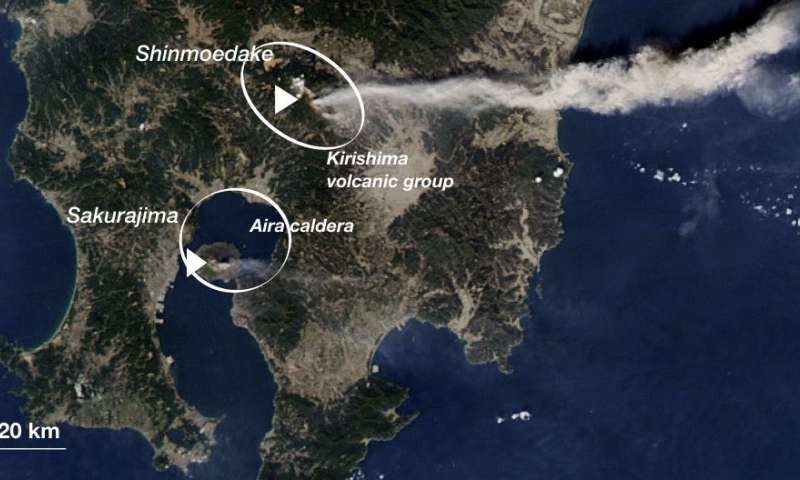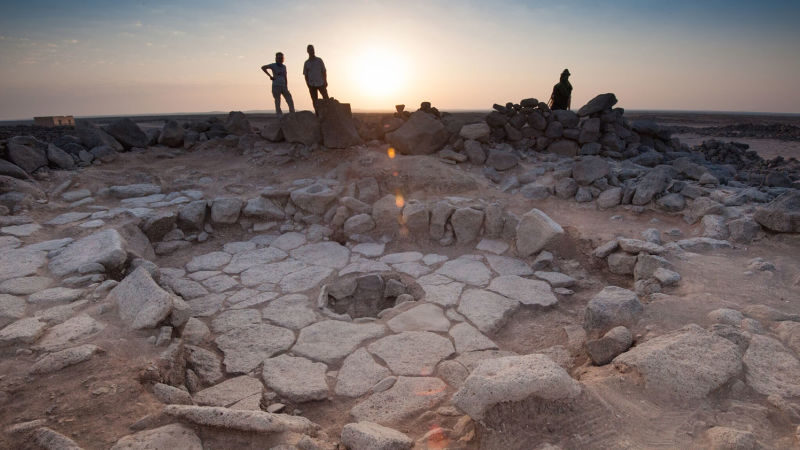
© G. Lenz/ Global Look Press
Genetically modifying an embryo's DNA to prevent heritable diseases could be "ethically acceptable", a landmark report has claimed. Critics, however, say it would pave the way for 'designer babies'.
The Nuffield Council of Bioethics, an independent charitable body investigating the ethics of certain biological and medical developments, said in a
report that while it does not support overhauling current legislation so that embryo gene editing can be carried out, it does not mean the UK should fall short of doing so in the future.
"Whilst there is still uncertainty over the sorts of things genome editing might be able to achieve, or how widely its use might spread, we have concluded that the potential use of genome editing to influence the characteristics of future generations is not unacceptable in itself," said Karen Yeung, a professor of law, ethics and informatics at Britain's Birmingham University, who chaired the panel.




Comment: It's too bad the author had to take what is an interesting discovery using a new archaeological technique to try and push an agenda in "debunking" the Paleo diet (he even throws in a plug for the Heart and Stroke Foundation promoting government mandated eating regimes. Experts indeed). The discovery that people were eating bread 14,000 years ago doesn't debunk the Paleo diet (although it may provide an argument for it being misnamed). The Paleo diet is based on evidence that eschewing neolithic foods improves health and it's speculated that it does this due to their relatively new introduction to the human diet. Evidence that bread was added to the diet (slightly) earlier than previously thought does nothing to diminish the fact that the diet works.
See also: